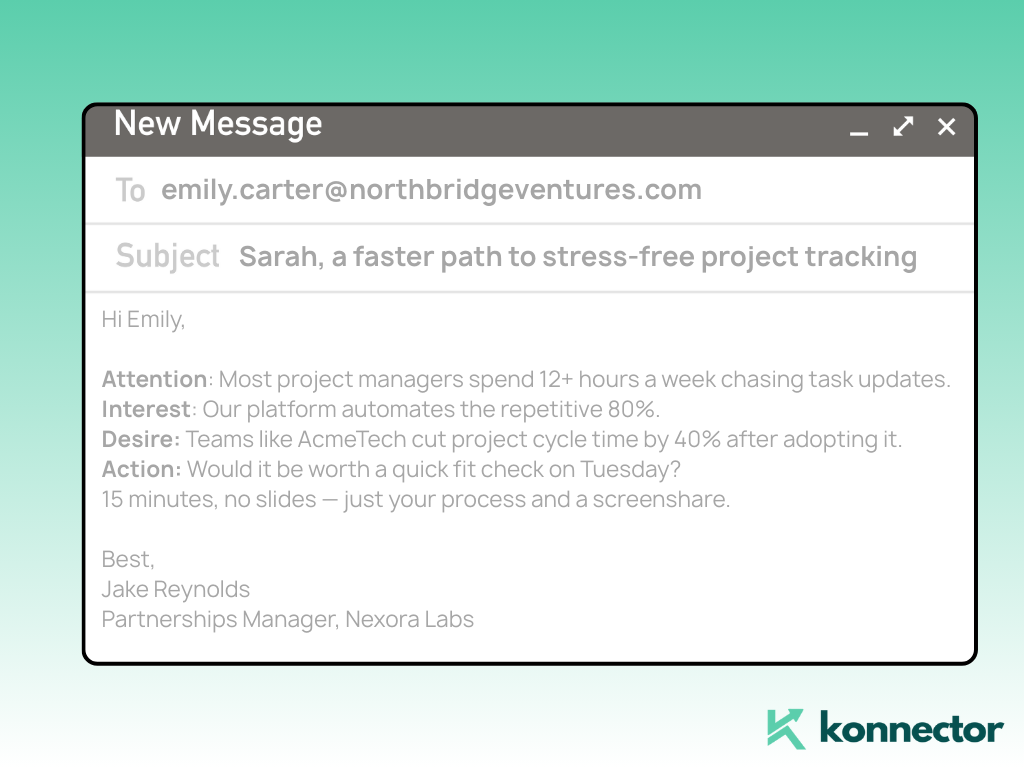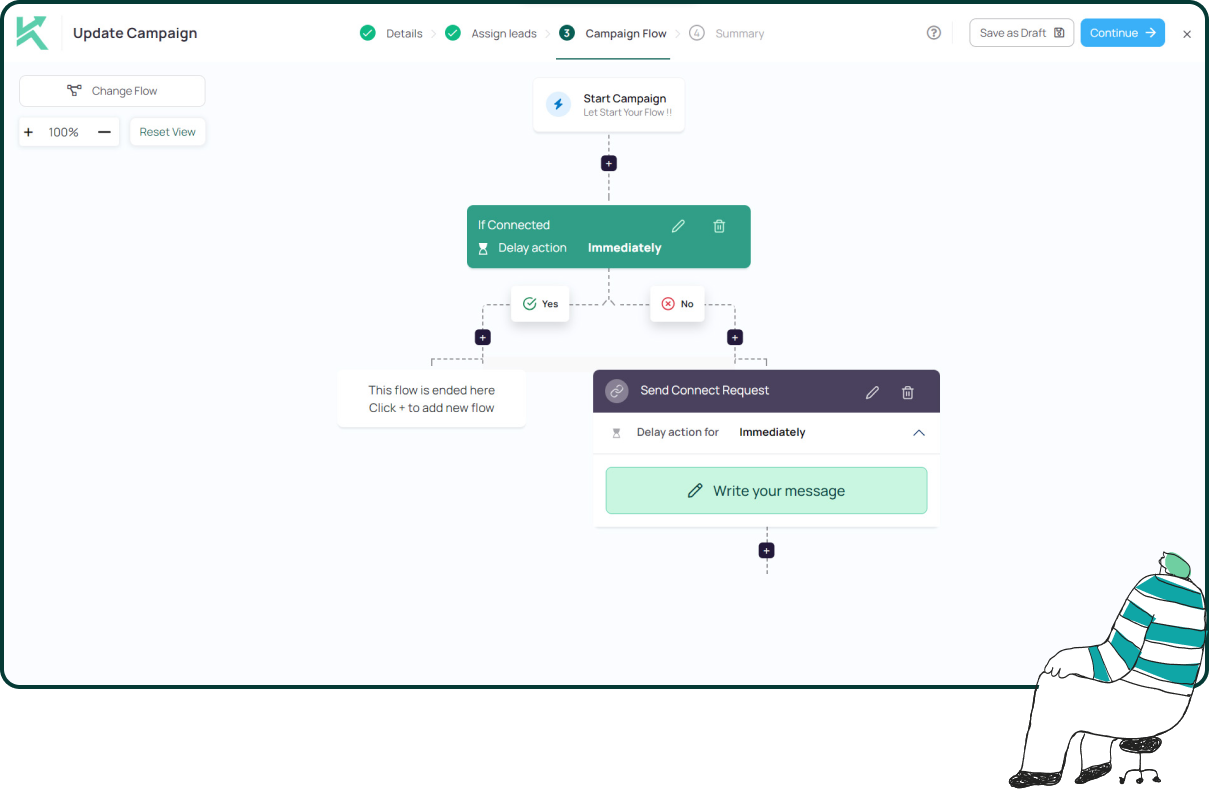Cold Email Templates to Generate More Leads (Lead Generation & Lead List Building)
Introduction
Cold email remains a powerhouse for B2B lead generation — when done right it delivers measurable ROI and scalable outreach. In this guide, you’ll get proven templates that convert, paired with smart strategies to build high-quality lead lists that drive results. You’ll also learn how to target keywords with strong search-volume potential for landing pages that attract the right audience.
Why Lead List Building Matters
Building your own lead list ensures control, accuracy, and relevance. Manage high-volume lead lists by importing CSVs, structuring data, and filtering or enriching prospects before pushing to your CRM. A well-curated list feeds cold-email campaigns that are timely, relevant, and more likely to convert.
Keyword Strategy for Your Landing Pages
Use a targeted keyword strategy to attract high-intent traffic:
- Prioritize long-tail keywords: Though they often have lower search volume, they typically convert better than broad head terms.
- Target low-volume but high-intent queries: Niche phrases are easier to rank and bring visitors closer to purchase.
- Use lightweight tools: Google Keyword Planner, Moz Keyword Explorer, and Keyword Surfer can guide volume, difficulty, and ideas.
Include your target phrases in the page title, H1/H2s, intro copy, image alt text, and CTA anchors to improve discoverability.
Top Cold Email Templates for Lead Generation
Use these frameworks as modular blocks. Personalize with the prospect’s company, role, recent activity, and a clear next step.
Pain-Point Addresser
- Subject: Fixing [specific pain] at [Prospect Company]
- Body: Noticed [Prospect Company] is tackling [pain] — most teams lose [time/cost metric] here. We helped [peer/company] reduce this by [result] in [timeframe].
- CTA: Open to a 12-minute walkthrough next week to see if this maps to your workflow?
- PS: If you already solved this, happy to send the checklist we used.For instance, here’s how the same template could look if you were offering a cybersecurity solution to a B2B SaaS company:
Pain-Point Addresser Example (Cyber Security for SaaS)

Helpful Resource Offer
- Subject: Free [resource] to streamline [pain] at [Prospect Company]
- Body: We published a practical [guide/checklist/template] on [topic]. It covers the exact steps [peer/company] used to achieve [result].
- CTA: Want me to send the file or a quick TL;DR?
- PS: It’s ungated — no forms.
For example, if you wanted to share a compliance checklist with a SaaS company, here’s how this template could look:

AIDA (Attention–Interest–Desire–Action)
- Subject: [First Name], a faster path to [desired outcome]
- Body: Attention: Most [role]s spend [X hrs/week] on [task]. Interest: We automate the repetitive 80%. Desire: Teams like [peer] cut cycle time by [metric]. Action: Worth a quick fit check on Tuesday?
- CTA: 15 minutes, no deck — just your process and a screenshare.
Here’s a sample AIDA email if you’re offering workflow automation software to project managers:

Before–After–Bridge (BAB)
- Subject: From [current pain] to [better state] in [timeframe]
- Body: Before: Manual [process] with [bottleneck]. After: Automated flow, [metric improvement]. Bridge: We plug into [tool/CRM] and handle [steps] end-to-end.
- CTA: Want a demo environment using your sample data?
To illustrate, here’s how the BAB framework might look if you were promoting a CRM integration tool:

3-Sentence Format
- Subject: Quick idea for [Prospect Company]
- Body: We saw [trigger/pain] at [Prospect Company]. Teams like [peer] used [approach] to get [result]. If this is relevant, I can show it in 8–10 minutes.
- CTA: Prefer Tue 10:30 or Thu 15:00?
Here’s an example of the 3-sentence format if you spotted a hiring challenge at a B2B tech company:

Trigger-Based Outreach
- Subject: Congrats on [funding/hiring/launch], re: scaling [function]
- Body: Saw your [announcement]. At this stage, [function] usually hits [pain: ramp/quality/visibility]. We help new teams standardize [process] without slowing growth.
- CTA: Should I send a one-pager tailored to your stack?
As an example, here’s how a trigger-based email could be framed for a company that just announced new funding:

Problem–Agitate–Solve (PAS)
- Subject: Ending [specific problem] for [Prospect Company]
- Body: Problem: [Problem] stalls [KPI]. Agitate: It compounds as [volume/team] grows. Solve: We centralize [steps] and surface [insight] so teams act in minutes, not days.
- CTA: Up for a quick sanity check on this?
Here’s how PAS might look if you were targeting sales teams struggling with pipeline visibility:

Praise–Picture–Push (PPP)
- Subject: Loved your post on [topic] — quick idea
- Body: Praise: Your point on [topic] was spot on. Picture: Imagine your team turning those insights into [measurable outcome] each sprint. Push: We do this for [peer], happy to outline the workflow.
- CTA: Can I send a schematic of the setup?
For instance, if you wanted to reference a LinkedIn post from a prospect, here’s how this PPP structure works in action:

Valuable Resource Share
- Subject: Thought this [benchmark/template] might help your team
- Body: Sharing a quick [resource] we built for [role]. It includes the exact fields and cadence we use to shorten [process] by [metric].
- CTA: Want the editable version?
Here’s an example of how you could share a benchmarking resource with a marketing leader:

Using These Templates Effectively
- Personalize the first 2 lines: Reference their role, stack, or a recent event. Keep it human and specific.
- Use modular blocks: Maintain a library of openers, proof points, and CTAs to mix and match at scale.
- Send a gentle sequence: 3 touches is a solid baseline — initial email, value-add follow-up, final nudge with an alternative CTA.
- Track key metrics: Opens, replies, positive interest, booked meetings, and pipeline — optimize one lever per week.
Integrating Lead List Strategy & Keywords
Combine list quality with page visibility:
- ICP filters first: Title, seniority, industry, headcount, tech stack, and geography keep lists relevant.
- Enrich and verify: Validate emails, append company data, and remove risky domains to protect deliverability.
- Keyword-tuned landing pages: Align each campaign to a page optimized for the pain, persona, and offer.
- Tight loop: Email drives the click, landing page carries the message home with social proof and a single CTA.
Compliance & Deliverability Tips
- Compliance: Include company info and an easy opt-out; honor local laws (e.g., GDPR, CAN-SPAM).
- Deliverability: Warm new domains, authenticate (SPF, DKIM, DMARC), throttle sends, and avoid link-shorteners.
- Inbox health: Keep bounce rates low, remove unengaged contacts, and rotate templates to avoid patterns.
Conclusion
Cold email is one of the most scalable B2B outreach channels when supported by clean lists and keyword-tuned landing pages. Use frameworks like AIDA, BAB, PAS, and PPP as building blocks, personalize the first lines, and focus the CTA.
Pair a precise lead list with a relevant page and measure results weekly. Start with one campaign, iterate quickly, and let the data guide your next optimization.
Read more:

11x Your LinkedIn Outreach With
Automation and Gen AI
Harness the power of LinkedIn Automation and Gen AI to amplify your reach like never before. Engage thousands of leads weekly with AI-driven comments and targeted campaigns—all from one lead-gen powerhouse platform.
Frequently Asked Questions
Cold email response rates typically hover around 1–5%, but personalized templates and strong lead lists can lift results significantly.
It depends on your audience. AIDA works well for awareness campaigns, PAS is great for urgent problems, and BAB resonates when you want to show transformation.
Best practice is 2–3 polite follow-ups spaced a few days apart, each adding new value or a fresh angle.
Yes, as long as you comply with regulations like GDPR and CAN-SPAM. Always include your company information and an opt-out option.
Use filters such as role, industry, company size, and seniority. Then enrich and verify the data to ensure accuracy and protect deliverability.
Absolutely. Small businesses benefit from cold email because it’s cost-effective, scalable, and doesn’t require a huge ad budget.
Prioritize long-tail keywords — they may have lower volume, but they’re highly intent-driven and convert much better than broad head terms.






